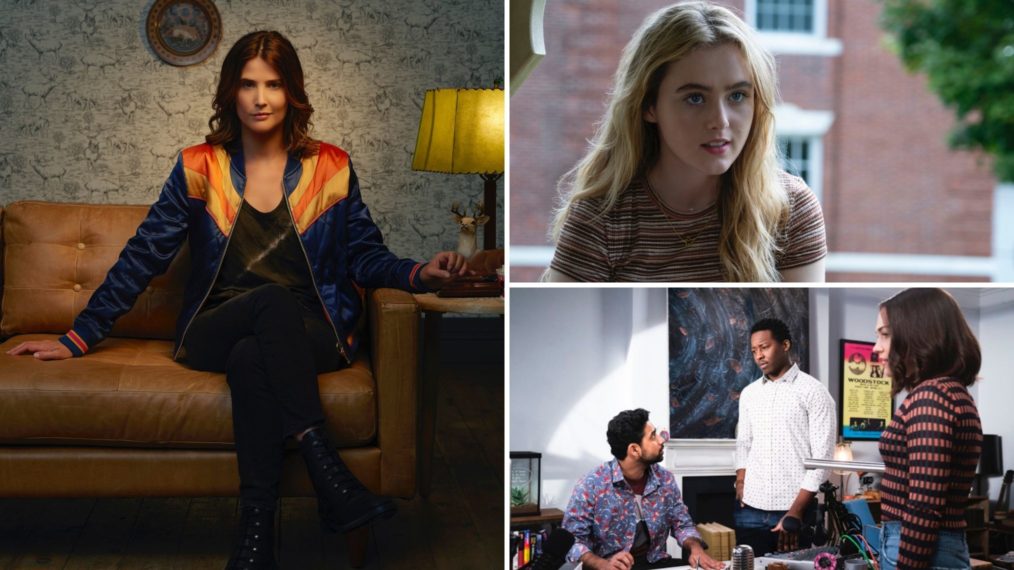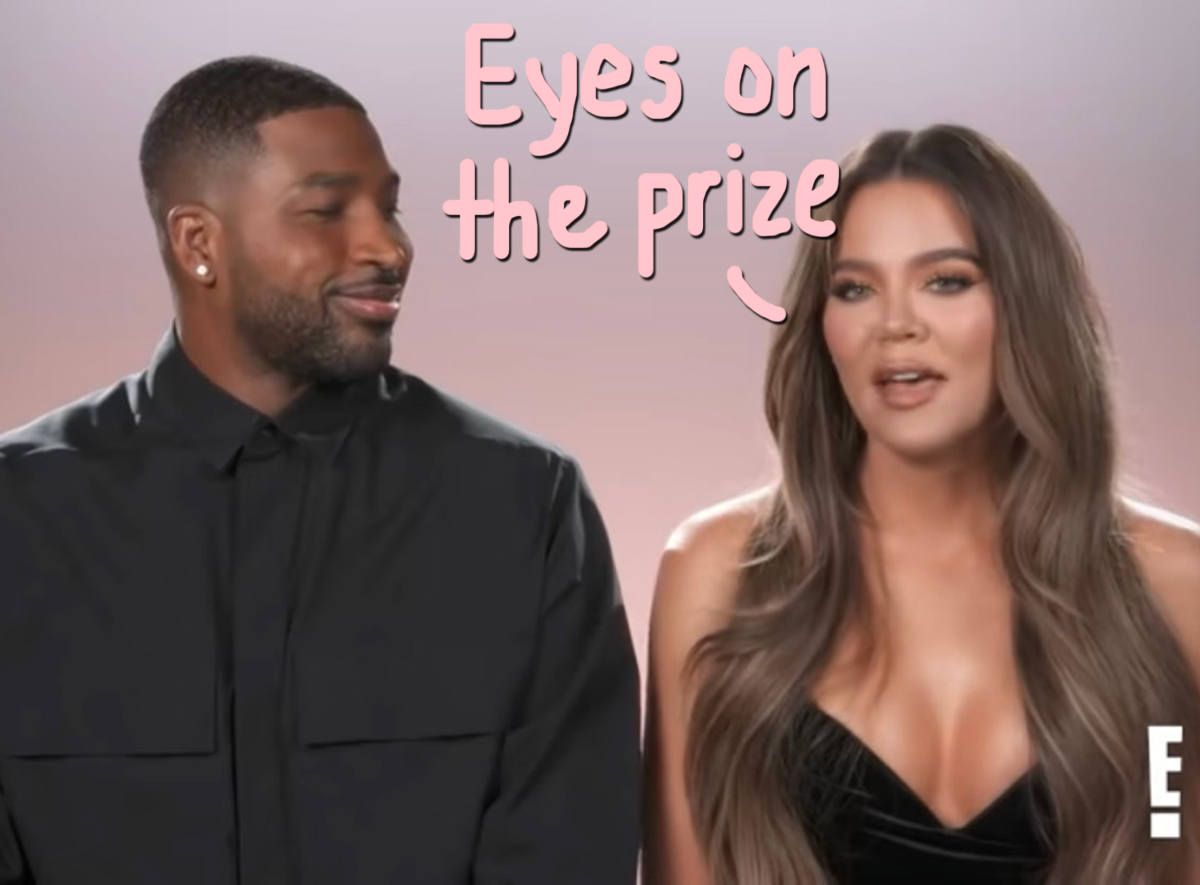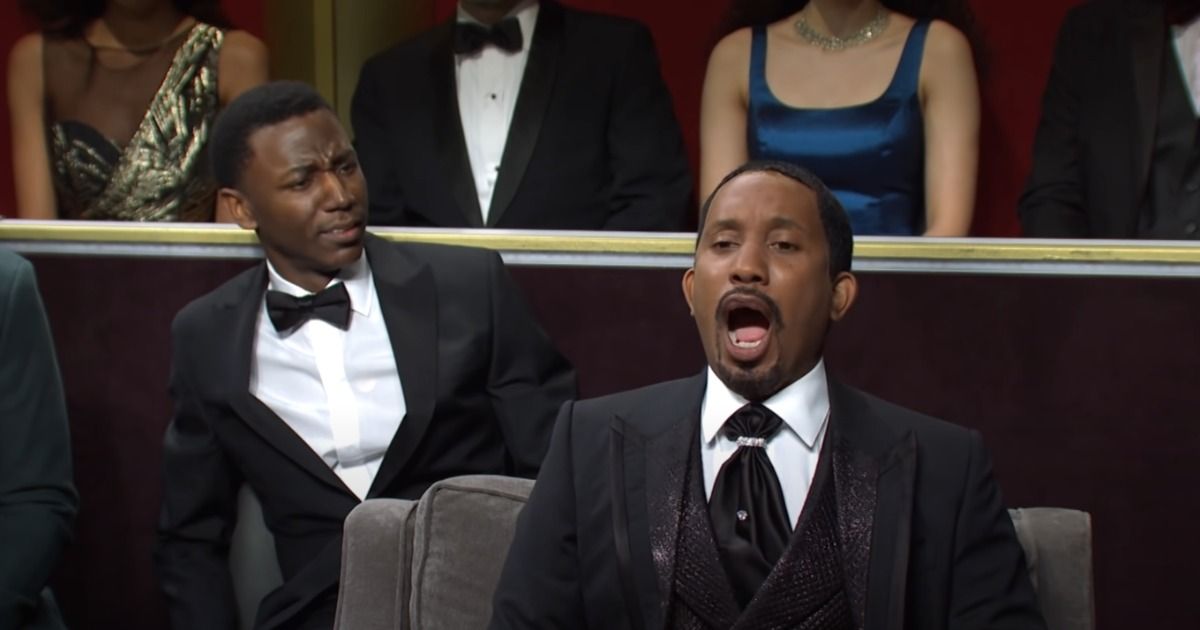#How ‘Blue’s Clues’ Veterans, Unboxing Videos and Cat Ears Helped Make ‘Gabby’s Dollhouse’ an Unsung Kids Media Hit

Table of Contents
How ‘Blue’s Clues’ Veterans, Unboxing Videos and Cat Ears Helped Make ‘Gabby’s Dollhouse’ an Unsung Kids Media Hit
At “Netflix at The Grove,” a two-story, 10,000-square-foot shopping experience in Los Angeles, fans can browse and purchase merchandise from four of the streamer’s biggest properties. That includes global hits Squid Game, Stranger Things and Bridgerton, as well as a title that might be less expected: preschool series Gabby’s Dollhouse.
Making its debut on Jan. 5, 2021, the DreamWorks Animation show could be called a sleeper hit in that it’s breaking records for both the streamer and its studio to less obvious fanfare than the more adult titles it shares Grove shelf space with — and even some of its kids and family programming counterparts (think Bluey and Cocomelon).
“Series like Gabby’s Dollhouse are few and far between, especially in this highly competitive and crowded television landscape,” Margie Cohn, president, DreamWorks Animation, tells The Hollywood Reporter. “The most popular properties today are still the ones that broke out five or even 10 or more years ago.”
Co-created by Traci Paige Johnson and Jennifer Twomey, who both worked on Blue’s Clues, the series centers on the 12-year-old Gabby, portrayed and voiced by Laila Lockhart Kraner, who after unboxing an item, uses the power of her magical cat ears to shrink down to dollhouse size and go on adventures based on said item and with the help of her animated cat friends. The show operates with a narrative ethos of “flexible thinking and learning from your mistakes,” and does so through a mix of things like music, dance, cooking and crafting.
The show is meeting kids where they’re at in real-life, too, with events like the “Bakey with Cakey” tour and a UNICEF USA partnership that lets fans turn their YouTube views into voting power, guiding where DreamWorks provides direct impact support for other children around the world.

Courtesy of Netflix
In just two years, Gabby’s Dollhouse has wracked up 700 million views on the Gabby & Friends YouTube channel, nearly crossed the 60 million stream mark with its “Gabby’s Spotify” playlist and become the leading preschool toy license in the U.S, according to a September report from retail analytics and data company NPD. And according to Vince Klaseus, president, Universal Products & Experiences, the show has become so globally popular, international retailers are “asking to launch early based on organic consumer demand.”
Scoring an additional 20 episodes earlier this year following its fourth season, Gabby’s Dollhouse is proof of the kind of entertainment (and financial) juggernaut a children’s show can be.
Ahead of the release of its sixth season on Nov. 1, Johnson spoke to THR about launching the show during the pandemic; what she and Twomey learned from working on Blue’s Clues; how they think about interactivity and toys in relationship to storyline; and what’s behind the recent kids and family programming shake-up.
You launched in January 2021, which means you were working through the pandemic. What was that experience like and how did you navigate that?
Two folds on that. We were DreamWorks’ first show where the creators were in New York — the boards and everything were in L.A. — so we were already a screen-based production. Before the pandemic, we were doing writers meetings and storyboard meetings through screens. We also animate in Taipei with CGCG and do storyboards in Australia. When the pandemic happened, we were ready, and honestly, [co-showrunner] Jen [Twomey] and I, actually felt it evened out the playing field. Sometimes we felt like the lonely creators in New York and everyone was in a big conference room in L.A. But now we were all on the screens together and it actually really worked creatively in our favor because we were in the same boat rather than some of us over here, some of us over there. But we were already programmed and conditioned to be all on screen because we were doing it anyway.
Your show also arrived at a time when parents were at the height of navigating working from home with their children also being home all day — something that likely boded very well for kids and family programming.
As a working mom, that time was amazing. I haven’t been to the office. Jen and I, we don’t need the DreamWorks’ office in Times Square anymore. We just work from home now and it’s been fantastic. I think for what Gabby’s brought to families out there is that creativity and that growth mindset and all the do-it-yourself activities at home — all the baking you could do together, all the crafts you can do together, all the songs and dances that you can do together. That was so inspiring that parents had co-viewing and play that they could do with their kids once the show was off.
A central element of Gabby’s Dollhouse, and one of the things you brought over from Blue’s Clues, is interactive storytelling. What do you enjoy about that — and are there storytelling advantages to being able to know that your audience is physically embracing it offscreen as much as they are onscreen?
I think what we learned from Blue’s Clues and Gabby’s is the power of that connection. When you have a real live person looking into the lens and leaning in and saying, “Are you going to come with me?” — it just immediately grabs you as a viewer and takes you in. You’re on that playdate together, you’re in that room. What’s nice, too, is the balance of animation because we love that fantastical aspect. With Gabby’s, you’re literally on the ultimate playdate of wish fulfillment, of shrinking down into your dollhouse and having these adventures come alive. Even when Gabby’s animated, she always looks to us and asks us a question. The story can’t move until we at home answer a question. That really grabs the kids and makes them invested in the story.

Courtesy of Netflix
The other thing is, just talking about today’s society, I think a lot of the problem is people [word vomit] but are not feeling heard. I know that’s the way it is in politics. Everyone’s just using the Internet to talk, talk, talk, but no one’s listening to each other. I think it’s so important and what we embody in the show is she hears you, she’s listening to you and she’s asking you questions — just feel seen and heard, which I think is really important for this generation. And it’s all based on Mr. Rogers. He was the grandfather, right? He looked into the camera. He’s the one who said, “You are special.”
Like Blue’s Clues, you also combine animation with live-action. Do you find that there’s an advantage to combining those things?
The animation lets you go into a fantastical realm, which you couldn’t go to if we stayed in live-action, but we love starting the show in the ordinary. It’s her room and then she invites you in and then when we shrink down and go into the dollhouse and become animated, anything can happen and you can get that fantastic pretend play that kids really do when they’re playing with their dolls. Anything is possible, which is so fun for us to write. We can do an episode where we stay in the dollhouse, we can do an episode where we go to the stratosphere, and then our favorite is when we involve Floyd [Gabby’s real-life tabby cat]. Honestly, how could no one have done a dollhouse before?
That was one of the things when we were creating Gabby’s, Jen and I just pulled in. I love dollhouses, we love miniatures, we love cats and that whole unboxing phenomenon. When we started doing this, I think my son was like 8, and so I knew of all those unboxing videos. I’m like, “What is this like?” But it’s just the surprise, right? It’s like Christmas. What’s in the present? So then we were like, how do we turn a product — just opening a present — into a story, so then that’s where we got the idea that she gets this dollhouse delivery and we unbox an item and that becomes the catalyst for the narrative to take us through. You have more cohesive storytelling, but it’s a great way to like suck you in. Then you have the cat come in — and when you’re creating brands nowadays, it’s so important to find that signature something that makes you different from everyone else. At first, we weren’t focused on the cat.
What was it?
It was different animals. I think [Cakey] was still named Cakey, but it wasn’t a cat. I think DJ [Catnip] was a clock in the living room. It was just a more traditional dollhouse, but we molded and played with it. I do think one of them was a cat. But we just love watching cat videos — another big YouTube phenomenon — it was just like, let’s do it. Let’s lean all the way into cats.
What else did you learn from your time on Blue’s Clues that you’ve thought about with Gabby’s Dollhouse?
Definitely knowing your audience. On Blue’s Clues, we researched the shows not only at the beginning but all during the process. So it was having 15 years of experience of that, of knowing instantly what resonates with kids — what sucks them in. It’s keeping things simple yet fantastical, definitely talking and listening to them, understanding them. Also the magic of live-action with that animation — of having reality, but being able to have that fantasy part as well. Then the power of interactivity, of engaging your audience in the story and of needing their help to move the story along. Making them feel like they have a seat at the table.
With six seasons under your belt, how are you approaching expanding the show creatively going forward with your new episodes?
We had to have a real growth mindset, which is baked into the DNA of the show — having a growth mindset versus the fixed mindset of persistence and grit. We were the first live-action animated original property with creators in New York at DreamWorks and God bless them that they trusted us, but that was hard to break that pipeline of animation — we’re bringing in live-action to a full animation studio — though they were flexible right with us. So before we premiered, it was a really challenging road. We all just held hands and kept pushing and moving and pulling and figuring out how we were going to do this together. Since we’ve premiered, it’s just been an absolute joy because we instantly connected. We’re like at the top 10 on Netflix, so everybody’s like, “It’s working!”
The early seasons I think were us really getting to know the rooms and what they can play and the characters. Certainly having the growth mindset of failing fantastically and of celebrating our mistakes. I think as the episodes go on, we’re really leaning into more of that growth mindset and creating these songs and mantras that when kids and adults turn off the show, they can still have. In our current Nov. 1 drop, we have an episode called “Super Thinkers!” and Gabby and [cat] Pandy [Paws] want to get their rainbow super thinker capes and they go on these obstacles. It’s all about how to look at things differently and how to think differently and we can do hard things. We didn’t say those things in the earlier episodes. Then our “Cat of the Day” song is “The Power of Yet.” I love it that kids all over the world are like “I don’t know how to do this,” and then instantly in their mind go, “Yet!” So we’re just building more and more on that growth mindset.

Courtesy of Netflix
The toy conversation is a big one for your show and other shows within kids and family programming. How did you think about the role toys would play for Gabby’s Dollhouse which is so interactive?
It is a business, right? And in the preschool business, with like Viacom and DreamWorks, it’s the licensing that makes the money so you can do your great programming. A lot of the time the preschool world carries that weight because that’s where most of the merchandising is sold. It’s a lot of toys. I think the secret sauce is — and this has been with DreamWorks for sure — is finding that balance of wanting to work together as a team, but the show has to lead with heart and the stories first. I find that it doesn’t work when a toy maker says let’s do a show about this. People respond to the heart of the story, the heart of the characters. And from our time at Blue’s Clues, we know that there are certain things when you’re creating a brand — and this goes back to the cat ears — you want to have signature formal features in a show. You have the Blue’s Clues notebook and you have Gabby’s cat ears. You have those things that will expand the play so that preschoolers — when the show is off — can play Gabby on their own. They can get their own dollhouse. What’s great with DreamWorks [Consumer Products], is that we’ll work together.
We did an episode — I don’t think it’s dropped yet — called “Planes, Trains and Kitty Balloons.” It’s a travel-the-world episode and we have a little kitty passport and we take different forms of transportation all over the world. We made this cruise ship and then CP saw it and was like, “Oh, my God, that’s amazing. We want more cruise ship!” We’re like, “OK, we can do that.” We wrote the cruise ship into some stories and it was just this natural synergy. But there are some things that work for CP that might not work in the show and they’re very respectful. They may ask, “Can you put this in?” and we’re like “Eh, a robot cat at this juncture is not something we want to do.” But even though we’re not going to do it in the show, it’s still great for extended play in product, so they’ll run with it in a different way. It’s just having those familial communications and brainstorming and then letting the production lead. What’s great is that they’re always receptive to whatever ideas we want to do. Spin Master’s been fantastic. And the toys are very organic to the play of the show. It doesn’t feel so much like merchandising.
Kids and family programming this year has taken some hits with decisions at HBO Max and Netflix. From your perspective as someone who’s been in this industry, what’re just things repeating and what’s new about the state of the industry right now?
It’s a pendulum that goes back and forth in a way that you need to ride sometimes. Sometimes it’s good for the content creators, sometimes it’s the network’s world and you just kind of have to wait it out and just keep creating shows from your heart. I think though what’s different now than before is that whatever you create needs to leap off the screen as something breakthrough in design or in content. Why the show, why now and what makes it special? Why should I tune into this because there’s so much out there? The other thing you need, which is sad but true — I have a lot of friends who have great shows, but they don’t have the marketing behind them. You need to have that machine of getting things on YouTube, on Instagram, at Walmart — everywhere. Getting that out there or else it just isn’t seen anymore. It’s kind of a sad state but it’s true. You can have the best show but if no one’s seeing it? Gone are the days where there were three networks of kids TV.
Interview edited for length and clarity.
Gabby’s Dollhouse season six is streaming on Netflix.
If you liked the article, do not forget to share it with your friends. Follow us on Google News too, click on the star and choose us from your favorites.
For forums sites go to Forum.BuradaBiliyorum.Com
If you want to read more Like this articles, you can visit our Social Media category.




